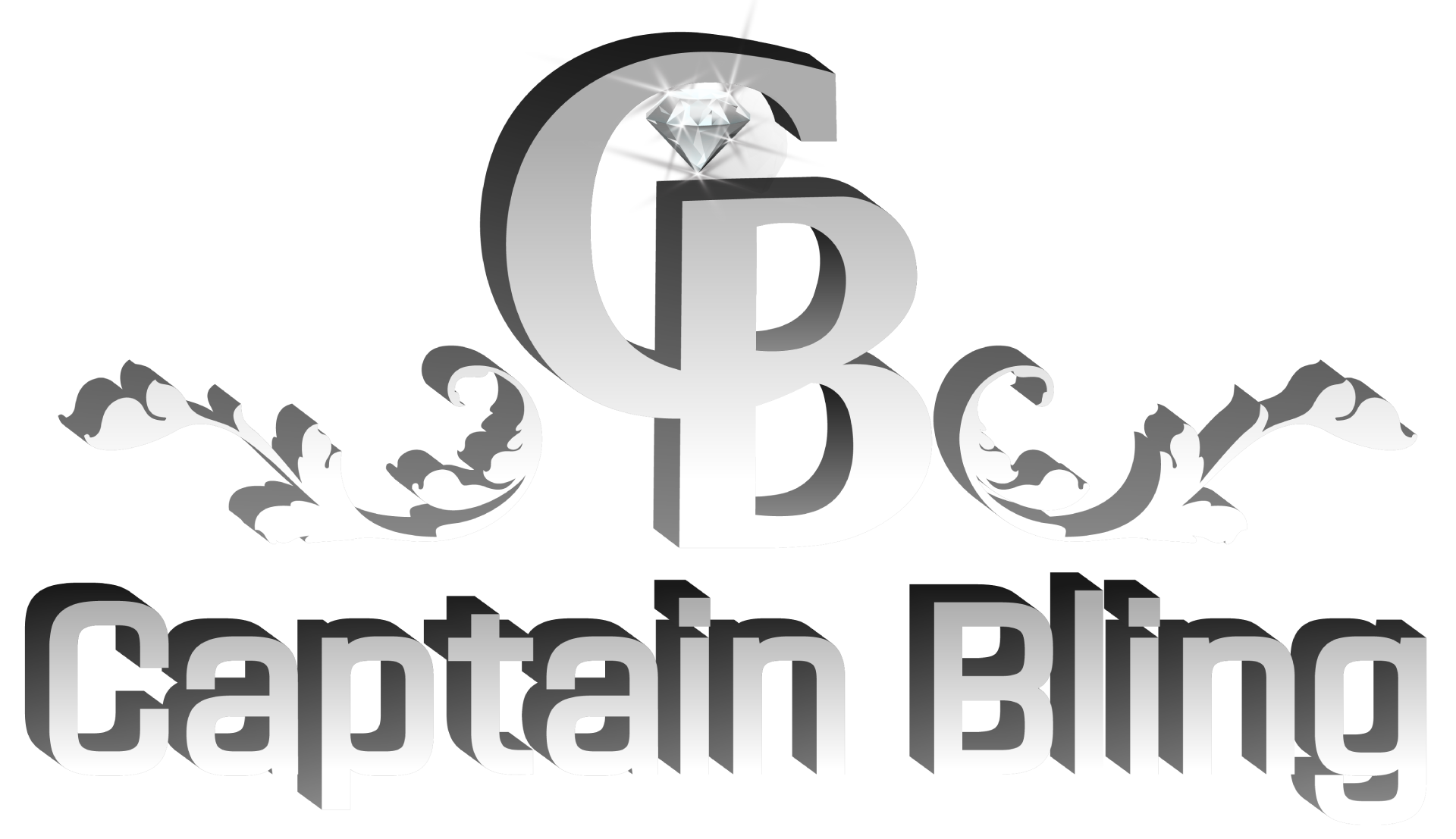A lot of people have wondered, "How much is a 14K gold ring worth?" You need to know more about the ring's purity, weight, market price, and other things that have to do with it before you can find out how much a 14 karat gold ring is worth in 2025. In this complete guide, you’ll learn how to estimate value, what premiums and discounts apply, and tips for getting a fair price.
1. Understanding 14K Gold: Purity, Alloy & Hallmarks
What does “14K” mean?
14-karat gold means the alloy contains 14 parts pure gold out of 24 total parts, or about 58.3% gold content. The rest is made up of other metals (copper, zinc, etc.) to give strength, color, and durability.
Hallmarks and stamps to check
Look inside the ring band for stamps like “14K”, “585” (indicating 58.5% gold), or assay/hallmark marks. These confirm purity and can affect if the buyer or jeweler trusts your valuation or not.
How purity affects value
Even if they weigh the same, 14K gold has a lower melt value than higher karat gold (like 18K or 22K) because it is only about 58.3% pure.
2. Market Gold Price in 2025 (Spot Price)
To find out how much a 14K ring is worth, you need to know the current spot price of pure gold. Then you change things like purity (14K = about 58.3%) and other things.
-
In the U.S., current gold prices per gram vary, but a good reference is that 14K gold is quoted around $67–$72 per gram (USD) in recent updates
-
In Pakistan, as of now, 14K gold is approximately ₹ 19,055 PKR per gram (weekly gain ~ +3.99%) in local markets.
These are ballpark rates; actual local rates and buyer rates differ.

3. How to Calculate the Raw (Melt) Value of a 14K Ring
Here’s a step-by-step formula to estimate the melt/scrap value:
Formula:
Melt Value = Weight (in grams) × Purity fraction (0.5833 for 14K) × Spot price per gram of pure gold × Payout factor
Where “payout factor” accounts for buyer margin, refining, etc. (often 60%–90% of melt value).
Example Calculation:
-
Suppose your ring weighs 5 grams
-
Spot price of pure gold = $120 USD/gram (hypothetical)
-
Purity = 14K = 0.5833
-
Buyer offers 70% of melt value
Melt Value = 5 × 0.5833 × 120 = $349.98
Offered Price (70%) = $349.98 × 0.70 ≈ $245
This is a simple model; real buyers might change the price based on things like condition, design, and resale value.
4. What Affects the Real Value of a 14K Ring
Even with a solid melt-value estimate, the actual price someone is willing to pay or sell for depends on many variables. Here are key factors:
4.1 Weight
Heavier rings (in grams) naturally command more value, all else equal.
4.2 Design, Craftsmanship & Brand
A designer or branded ring (with precious stones or signature styling) may fetch a premium over simple flat gold weight.
4.3 Condition & Wear
Dents, scratches, damage, or repairs can reduce value. Buying/selling parties often discount needed restoration.
4.4 Market Demand & Gold Volatility
Gold is volatile. In 2025, gold prices will surge, with spot gold exceeding $3,900 per ounce in some markets. That means your ring’s base melt value is rising — but buyer discounts may also widen in uncertain markets.
4.5 Buyer Margins, Refining & Overhead
Jewelers, refiners, or scrap buyers often deduct costs for refining, shipping, assay, and their own profit. Typical buyer payouts range 60% to 80% of melt value.
4.6 Precious Stones & Gemstones
You should look at the resale value of your ring's diamonds, sapphires, or other stones separately. Sometimes they make the resale value go up, and other times they make it go down.
5. Sample Value Scenarios (2025)
|
Weight (g) |
Approx Melt Value (USD) |
Estimated Buyer Offer* |
|
3g |
3 × 0.5833 × 120 = $210 |
~$126 to $168 (60–80%) |
|
5g |
~ $350 |
~$210 to $280 |
|
10g |
~ $700 |
~$420 to $560 |
* These are rough estimates assuming spot = $120/g and buyer pays 60–80%. Your local rate, spot gold, and buyer policy may differ widely.
As a reference, Garfield Refining illustrates a 4-gram 14K ring example worth ~$275 melt value in current times.
6. Tips for Buyers & Sellers — How to Get a Fair Price
6.1 Get multiple quotes
Don’t accept the first offer. Speak to scrap gold dealers, jewelers, and refiners to compare prices and other relevant things as well.
6.2 Ask for breakdown
Request the quote in terms of “X% of melt value” so you understand the margin applied.
6.3 Understand local premiums & taxes
In some markets, import duties, hallmarking fees, or tax (VAT) affect the final price.
6.4 Remove non-gold parts
If your ring has pins, mounting, or bars that aren’t gold, get an estimate of how much weight is actually gold alloy.
6.5 Keep design value in mind
If the ring is designer or antique, its collector or jewelry value may exceed melt value.
6.6 Time your sale
Because gold prices fluctuate, selling during a peak in gold markets may yield more. Watching spot gold trends helps a lot.’’’’
Conclusion
The answer to "how much is a 14K gold ring worth" isn't the same for everyone. It depends on the ring's purity, weight, the current market price of gold, its condition, and the buyer's policies. When gold prices go up, the value of gold may also go up. You should always look at offers carefully and understand how costs and margins affect the final payout.


